
views
X
Research source
many people still enjoy disco in the form of aerobic exercise, retro nightclubs, and theme parties.
Knowing the Basics
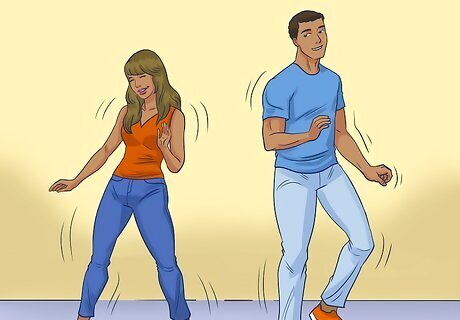
Keep your flow going. Don't stop moving while the music plays. Whether you're between moves or completely freestyle, disco is a fast-paced dance with a lot of movement. While getting into the groove or planning more complicated steps, do some cycles of the following components simultaneously: Take a few steps to your right, left, back, and forward to the beat. In general, three steps work best with freestyle solo disco. Keep your posture upright and confident. Try to picture yourself "strutting" to the beat with your steps. Wiggle your hips from side to side, also to the beat. Get your shoulders into it. You can shimmy, where you shake your shoulders, alternating each forward and back. Alternating left and right shoulder rolls also works well with disco. Whatever you do, just keep it consistent for a few cycles. Your hands should be kept at about shoulder height and incorporated into your dance. You can choose to move them from side opposite to your shoulders. If you're shimmying, keep them relatively still with your elbows pointed down. The exact movements aren't important as long as they're timed properly and repeat. Make sure your whole body is moving. If you dance with just your legs or just your upper body, your dance won't fit the high energy required for disco.
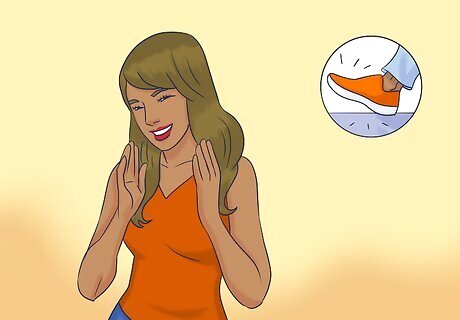
Count the beats. The majority of choreographed disco dances work with 3-step and 4-step cycles that go along with the beat. The "beat" is a measure of time intervals of music. Try tapping your toes or clapping your hands to the music. Each tap or clap is one beat. Keep your steps in time with the beat.
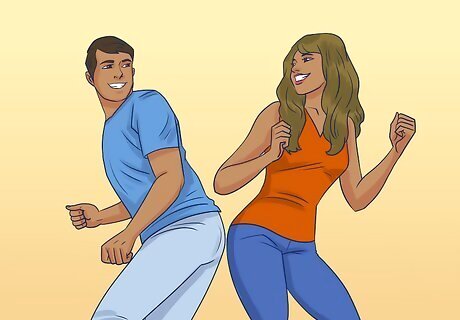
Do the Bump. The Bump is probably the easiest disco "move" you can do and is best done with a partner. Simply sway from side to side with the beat. Move your hips from left to right, switching positions with each beat. Time your movements with your partner so that the two of you gently "bump" your hips every other beat. Keep your hands in the air and move them in the opposite direction of your hips. Unlike other disco moves, it's best to keep your feet grounded.
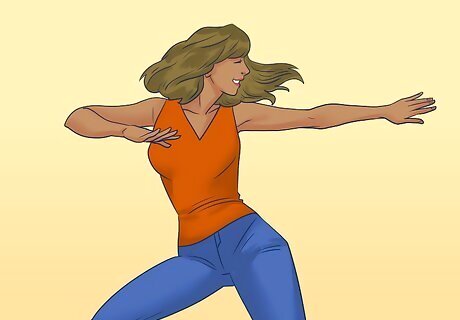
Make up your own moves. While early disco relied on choreographed dances plucked from earlier styles, popular mainstream disco became much more freeform. Choose your own twists, turns, dips, and tricks to personalize your dance. Just be sure to create a consistent step pattern for each dance and keep in time with the music. Modern freestyle disco dancing can incorporate flips and other acrobatic tricks, especially in professional competitions. If you have the skills to pull these off safely, try punctuating every few step cycles with a trick.
Lining up for the Bus Stop
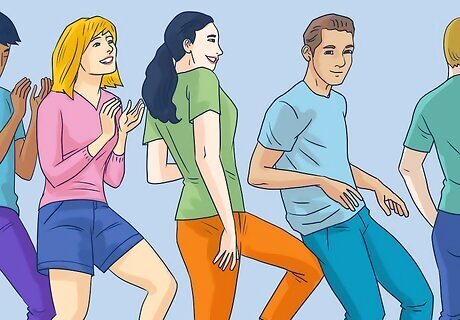
Synchronize with a big group. As a line dance, the Bus Stop is best done with a group of people organized together into rows and columns. Time your steps so that the entire group does the dance simultaneously. Start with everyone facing the same direction. If you're dancing by yourself, it's perfectly fine to do the Bus Stop solo. Partners are not needed for the dance itself. The Bus Stop is sometimes called the Hustle. Keep in mind that there are many very different types of disco dances referred to as the Hustle. While the first disco dances with the name were partnered, versions for single dancers dominated later on. Some Hustles, like the Bus Stop are line dances meant to be done by big groups of solo dancers. Each of these three main groups has several regional and cultural variants. There is no definitive version that can be called the Hustle. The Bus Stop or Hustle described here is a 3-step line dance popularized by a dance featured in the movie Saturday Night Fever.
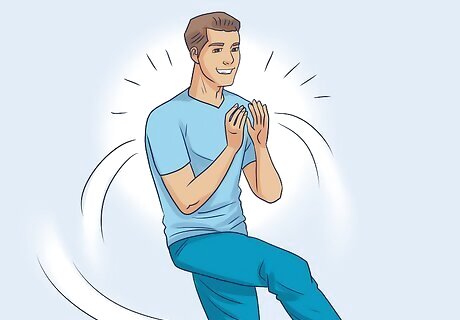
Kick your right foot forward and clap. Perform these two motions at once. This is the first "step" to time with the beat. The initial clap will help the group to synchronize, providing a starting beat to work with. If you find yourself getting out of step, syncing up with a clap will help you get back on track.
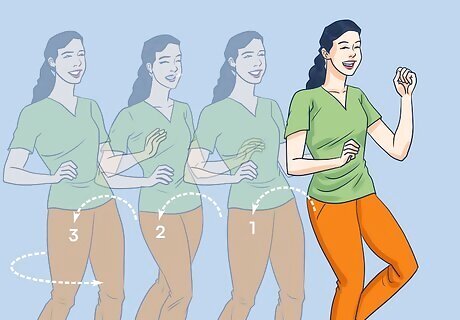
Take three steps back and then forward. Walk backwards three steps starting with your right foot. On what would be the fourth step back, simply tap your left foot back instead of putting your full weight on it (also called a "touch"). Then, take three steps forward beginning with your left foot.
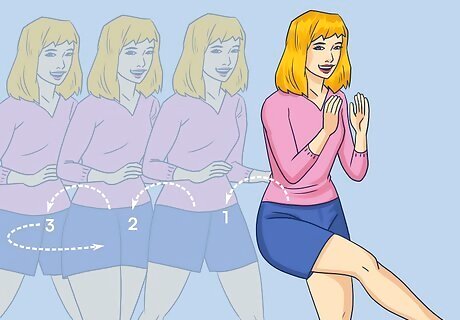
Repeat the last few steps in the same direction. Start again with the kick and clap. Take another three steps back. Touch again with your left foot before taking three steps forward to return to your starting position.
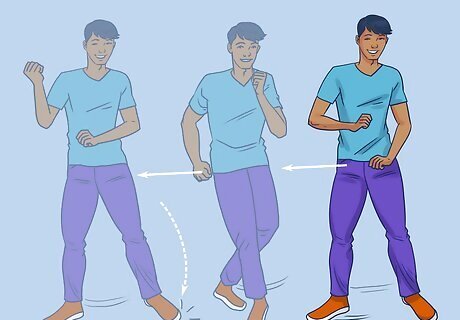
Grapevine to your right and then to your left. Take a sliding side step to the right and slightly back with your right foot. Bring your left foot in front across your right foot with your left heel passing over your right toes for a step. Take another step to the right with your right foot. Next, bring your left foot next to your right for a touch. After the touch, reverse your moves starting with a slightly back left side step with your left foot.
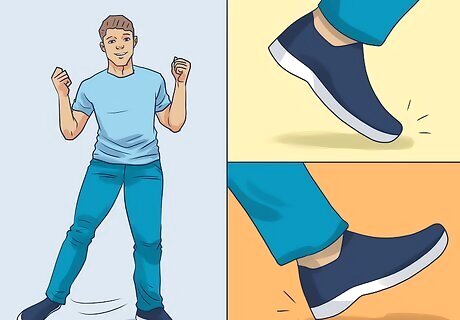
Side step and touch together. Take a step to the right with your right foot, then bring your left foot in and touch next to it. Step to the left with your left foot and bring your right in for a touch together. Follow up with two heel clicks. Finish this section by first touching your right foot forward, then swinging it back to touch backward.
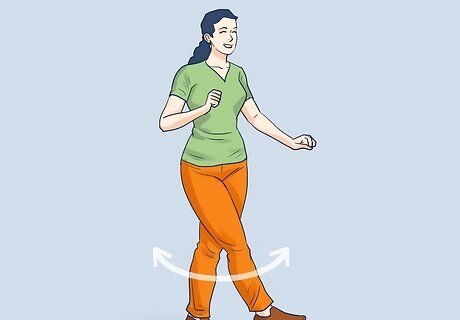
Touch back and forth with your right foot. Swing your right foot forward and tap it twice. Bring it back and tap another two times. Touch forward again once and back again once. Finish up with a touch together.
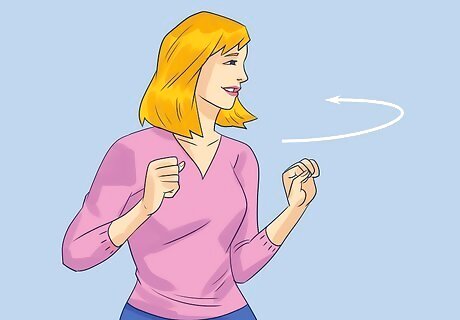
Turn to the left and do it all again. Run through the entire dance again in a new direction. Start with the kick and clap and end with another turn to the left. Repeat this process until you've either done the dance in all four directions or the song ends.
Doing the New York Hustle
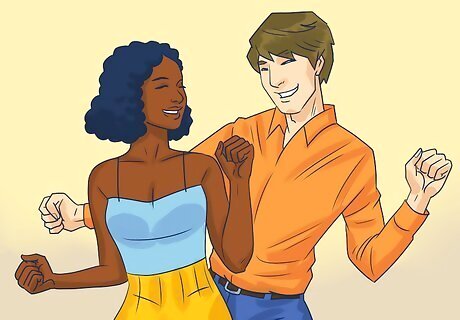
Get a partner. Before its explosion in popularity in the late 70s, most disco dancing was partnered. If you don't have a partner or would just like to practice solo, simply do the steps of your preferred part. You can also do a set of each to know the dance inside and out.
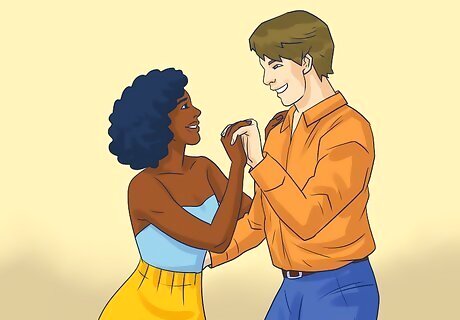
Face your partner. Stand relatively close together so that each of you is able to take at least one step back with your hands still connected. Two major ways of connecting are: The traditional closed position used in many styles of dance. The lead and the follow hold hands on one side, usually the follow's right and the lead's left. The lead holds the follow by placing his or her right hand on the follow's back. The follow's left arm is draped over the lead's right shoulder or upper arm. Simply hold hands on both sides with your elbows bent.
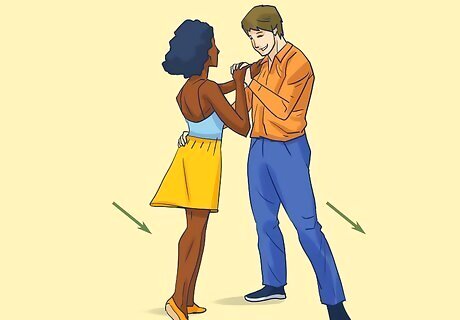
Tap one foot to the same side. If you are leading, tap your left foot to your left side without putting your weight on it. If you are following, mirror your partner's foot with your right. You may choose to tap your foot in place or behind you instead.
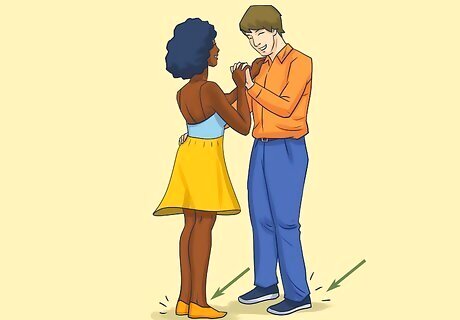
Close your feet back together. If you are leading, bring your left foot back next to your right with your weight on it. If you are following, match your right foot to your partner's left. Remember to keep in sync with your partner at all times.
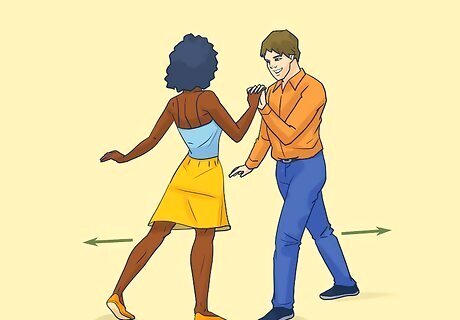
Step backwards. If you are leading, step back with your right foot then bring your left to meet it. If you are following, mirror your partner's feet by stepping back with your left and meeting it with your right. Do both halves of this step very quickly within the same beat.
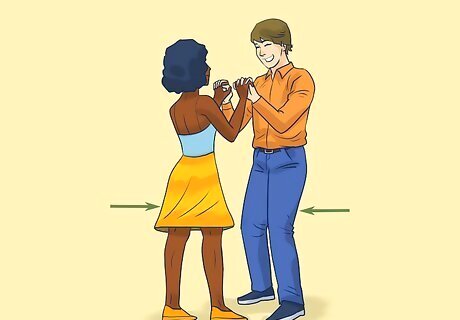
Take three steps. The next three steps can vary depending on how the lead wants to go. If you are leading, take a step with your right foot. In general, this step is done forwards to return close to your partner. However, you can choose to step in place or further backward. Then take a step with your left foot and then a step with your right foot. These steps can also be done in place, backwards, or forwards. If you are following, take the same three steps as your partner but with opposite feet.
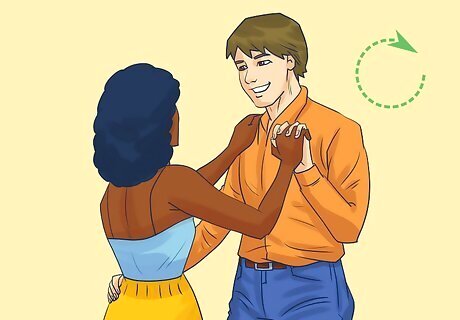
Repeat this step cycle. Go back to the closed position and run through these steps again. The lead may choose to guide the dance in a certain direction around the dance floor. Continue the step cycle for the duration of the song.
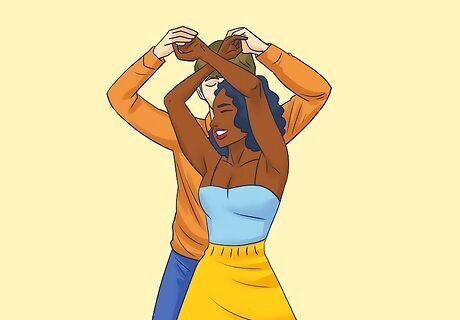
Punctuate every few step cycles with a figure. You can choose from hundreds of established figures or create your own. A few consecutive single figures can be chained together. Some well-known figures include: Dishrag: Starting from two hand holds or with crossed hands, the lead lifts up his or her hands and turns the follow underneath. Inside Spin: The lead lifts up one arm and stays in place while the follow does a counterclockwise turn. Butterfly: From an open two-hand hold, the dancers walk around each other, turning clockwise or counterclockwise.












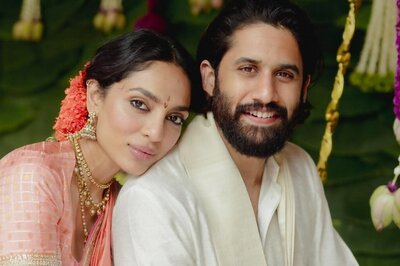




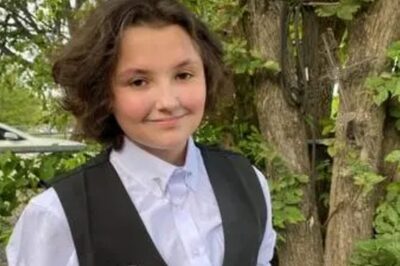

Comments
0 comment